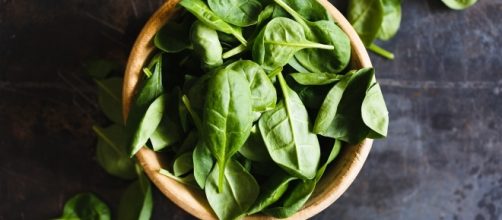Can spinach be used to build a working Human Heart muscle? Well, Scientists have figured out a way to do just that. The discovery may one day solve a problem in efforts to repair damaged organs.
The study was published in this month's edition of Biomaterials. It shows that there is a new way to grow a vascular system. This has been an ongoing roadblock for Tissue engineering.
Scientists have managed to create human tissue via nontraditional methods. For example, they have used 3D printing to produce tissue. However, they've been struggling with figuring out how to grow small and delicate blood vessels essential for tissue health.
Using spinach to solve the issue
Scientists decided to take a spinach leaf and remove the plant cells from it. After they did this, they were left with a flap that was similar to a piece of skin tissue. The leaf's veins were left intact and the flap contains cellulose, which is been used in regenerative medicine and it's a completely natural substance.
Researchers then placed human cells inside the veins of the spinach. They also injected blood-like fluids into the vasculature. The result they were left with were beating human heart cells.
Still a lot of work to do
Scientists still have a lot of work to do before this technique can be implemented. One day, it may be used to grow layers of healthy heart muscles.
The technique could be used to treat patients who've had a heart attack. This will be useful because spinach plants and similar plants to it can be found pretty much everywhere.
Eventually, damaged tissue in heart attack patients could be replaced. The same goes for those who have suffered other cardiac issues that have caused their hearts to have issues with contracting. The veins in modified leaves would function like blood vessels and would deliver oxygen to the replacement tissue.
Glenn Gaudette, who is a professor at Worcester Polytechnic Institute in Massachusetts, said the results of the study were very promising. However, he did say that there was a lot more work to do. Gaudette, the corresponding author of the study, added that adapting abundant plants that have been cultivated for thousands of years by farmers could help solve a number of problems that limit the field.

